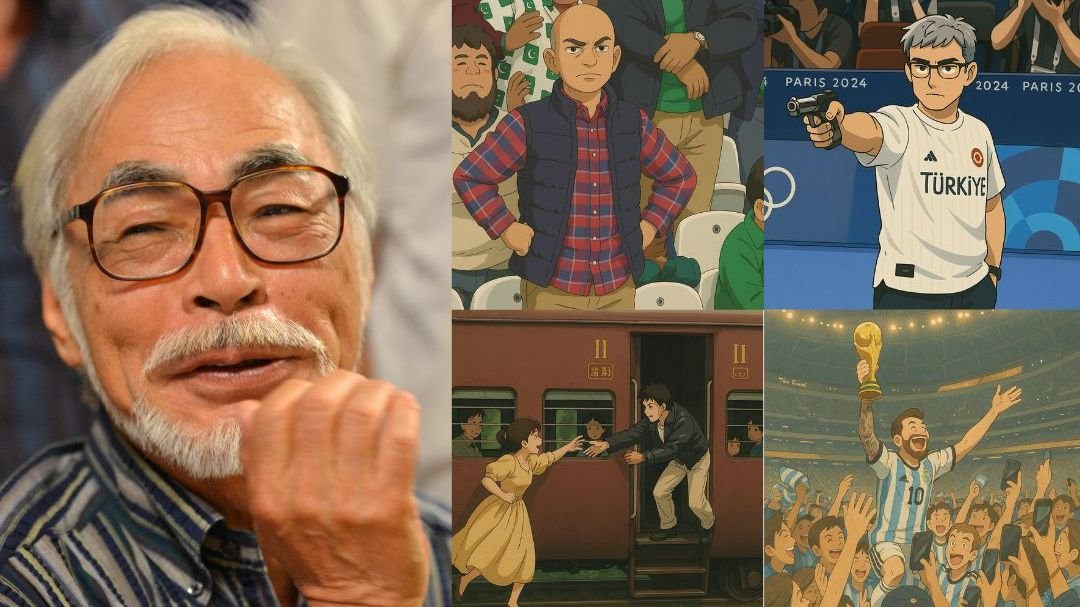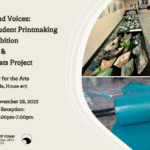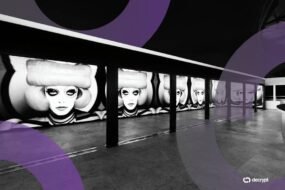
Studio Ghibli, the legendary Japanese animation studio, has captivated audiences worldwide with its exquisite hand-drawn films and imaginative storytelling. Founded in 1985 by visionary creators Hayao Miyazaki, Isao Takahata, and Toshio Suzuki, the studio has become synonymous with animated masterpieces that blend fantasy, emotion, and deep cultural resonance.
The visionary behind Ghibli: Hayao Miyazaki
Get Latest Mathrubhumi Updates in English
Born in Tokyo in 1941, Hayao Miyazaki developed a passion for manga at an early age. Although he studied economics and political science at university, his love for animation led him to a career in the industry. Miyazaki started working as an animator in 1963, contributing to long-running series such as World Masterpiece Theater and animated films like The Wonderful World of Puss ’n Boots (1969) and Future Boy Conan (1978).
Miyazaki co-founded Studio Ghibli in 1985 alongside director Isao Takahata and producer Toshio Suzuki. As the creative force behind most of Ghibli’s films, Miyazaki infused his works with a unique blend of fantasy, humanity, and storytelling depth. His dedication to traditional animation methods and his resistance to digital art reflect his commitment to the craft.
The name ‘Ghibli’ was carefully chosen by Miyazaki, a passionate aviation enthusiast. In Italian, ‘Ghibli’ translates to a hot, dust-bearing wind originating from the North African desert. The term was also associated with Italy’s Saharan scouting aircraft, the Caproni Ca.309, used during World War II. Miyazaki, who was fascinated by planes, wanted the studio to be seen as a breath of fresh air within the anime industry. His vision was that Studio Ghibli would ‘blow a new wind’ through Japanese animation, revitalising it with artistic innovation.
Aviation influences and family legacy
Miyazaki’s love for aviation can be traced back to his family. His father, Katsuji Miyazaki, served as a director at a company that manufactured rudders for fighter planes during World War II. Additionally, Miyazaki’s uncle owned Miyazaki planes, further deepening his connection to the world of aviation. Although Katsuji Miyazaki was not artistically inclined, he often bought paintings and eagerly displayed them to guests, fostering a sense of creative appreciation that may have influenced Hayao Miyazaki’s artistic pursuits.
The birth of studio Ghibli
Studio Ghibli was officially established on 15 June 1985, in Tokyo, following the success of the animated film ‘Nausicaä of the Valley of the Wind’ (1984), directed by Miyazaki. The movie’s acclaim encouraged Miyazaki, Takahata, and Suzuki to form a studio dedicated to producing high-quality, imaginative animated feature films. Ghibli’s early works drew inspiration from Japanese folklore, blending magical realism with human stories that resonated across cultures.
Artistic philosophy and signature style
Ghibli’s artistic identity is rooted in blending the extraordinary with the everyday. The studio’s works often reflect themes of nature, humanity, and personal growth, presented through meticulously hand-drawn characters, soft pastel colour palettes, and immersive, dreamlike worlds. Ghibli’s films are characterised by their unique ability to present profound humanistic messages while captivating audiences through visual storytelling.
Iconic films and global impact
Studio Ghibli’s repertoire of films has achieved both critical and commercial success. Films like ‘My Neighbor Totoro,’ ‘Spirited Away,’ and ‘Princess Mononoke’ have become cultural icons, celebrated for their beautiful animation and emotional depth. ‘Spirited Away’ (2001) even garnered an Academy Award for Best Animated Feature and held the title of Japan’s highest-grossing film for nearly two decades.
The studio’s storytelling is often intertwined with reflections on human experiences, relationships, and the environment. In ‘Princess Mononoke’ (1997), for instance, the battle between industrialisation and nature is portrayed with complexity and nuance, while ‘Howl’s Moving Castle’ (2004) explores themes of love, war, and self-discovery. The recent film, ‘The Boy and the Heron’ (2023), continues this legacy, showcasing the studio’s commitment to storytelling excellence.
The Ghibli phenomenon in the digital age
The Ghibli style of animation is loved by viewers for marrying a serene sense of calm with a captivating plot of story. The unique animations within the style keep the audience attached to the stories and boast a following of millions. With the advancement of AI-generated art, Studio Ghibli’s unique style has found a new audience online. Thus, it was no wonder that when OpenAI upgraded GPT-4o with a new image-generating feature, it kept the Ghibli fandom in mind. The new feature allows the user to convert a normal image into its Ghibli version. Titled ‘Images in ChatGPT,’ it just requires the user to upload an image and ask the model to transform it into the Ghibli anime style.
However, this phenomenon has sparked debates among artists and fans, as Miyazaki himself has expressed scepticism towards AI in creative processes. He believes that digital art lacks the soul and effort of hand-drawn animation, reflecting his commitment to preserving traditional methods.











